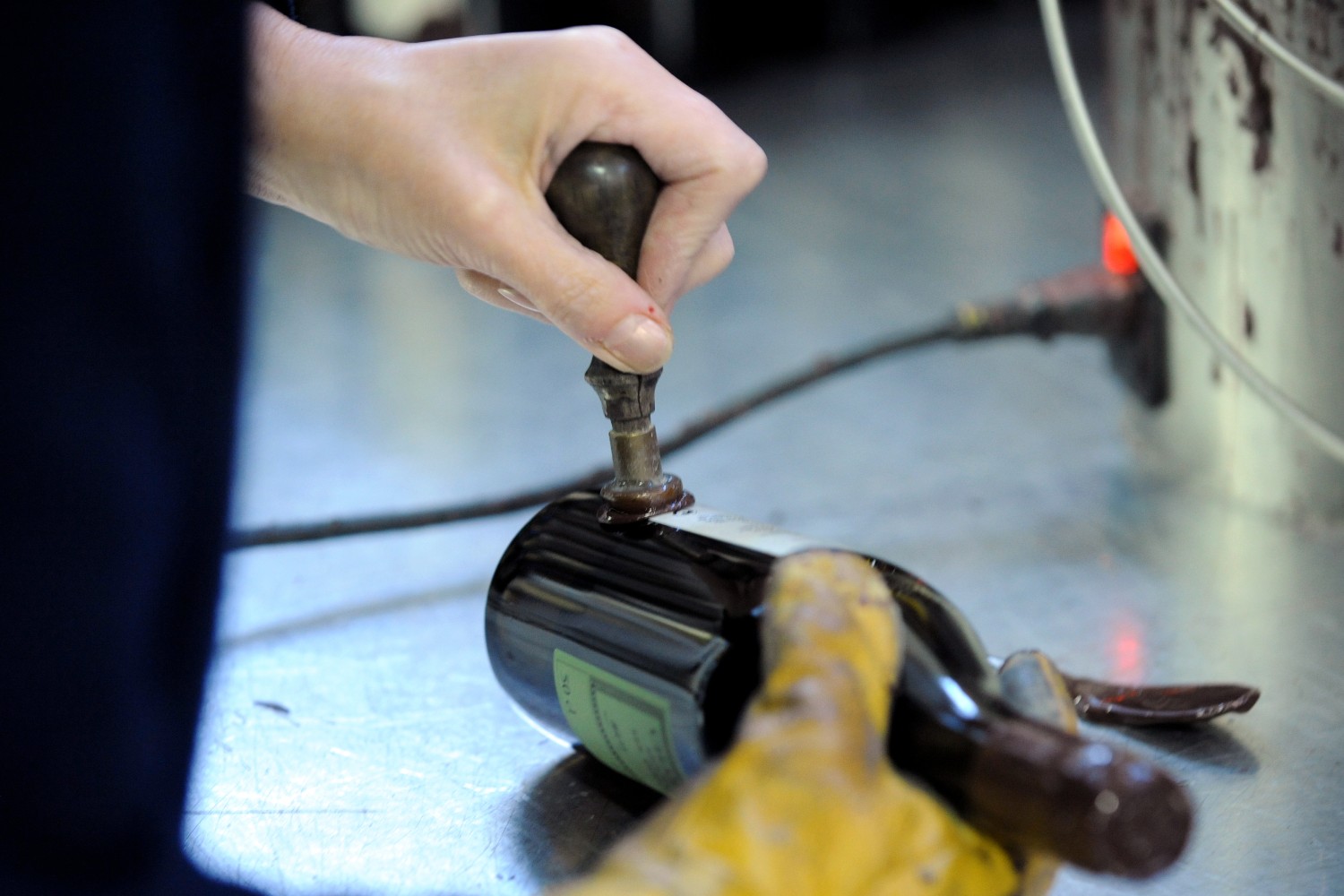Visit a well-stocked liquor store and you might well find yourself in the presence of some of the most delicious side effects of the monastic life. Several orders of monks have brewed tasty, beloved beer. An order of Italian nuns embraced the production of orange wine. And chartreuse traces its point of origin to the French Alps, where monks have been making it for centuries.
Chartreuse’s profile has been on the rise in the past decade or so. Even before the pandemic, its popularity in the United States was increasing, due in part to innovative bartenders discovering (or re-discovering) its appeal in cocktails. As the New York Times noted in a recent article, the spirit’s popularity increased even more once the pandemic began and more people were experimenting with ambitious home bartending.
As the Times pointed out, the demand for chartreuse is increasing, but production levels have remained the same — which has led to shortages, and prompted some stores to limit their customers to only buying one bottle at a time. And while most businesses would increase production to meet demand, chartreuse isn’t made by a normal business.
The order of monks behind the spirit announced that they were “not looking to grow the liqueur beyond what they need to sustain their order” in a recent letter. They cited concerns over the environmental impact of chartreuse and spoke of wanting to spend more time engaged in “solitude and prayer.”
There’s a New Official Spirits Category in the US and You Can Thank Steven Soderbergh for It
The movie director pushed the TTB to recognize the Bolivian distilled spirit SinganiIt’s a reminder that monastic orders who create beer, wine or spirits are monastic orders first, business ventures second. Which is entirely understandable — even if it points to the ever-so-slight dissonance at the heart of sacred orders producing booze for the rest of us to consume.
Join America's Fastest Growing Spirits Newsletter THE SPILL. Unlock all the reviews, recipes and revelry — and get 15% off award-winning La Tierra de Acre Mezcal.
